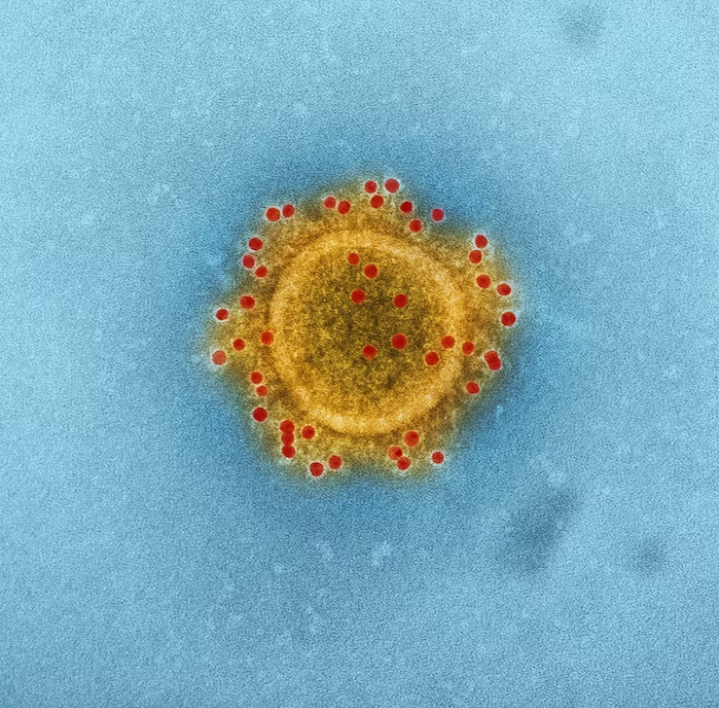Rabies: Prevention, Treatment, and the Race Against Time
Good evening my great people of hive community, I hope you're are doing well. I want to use this opportunity to share my knowledge on this deadly disease called Rabies.
Rabies, a viral disease that affects the central nervous system, is a serious and often fatal condition transmitted through the saliva of infected animals. This zoonotic disease primarily affects mammals, including humans. Understanding the causes, symptoms, and prevention of rabies is crucial for public health and safety.
Causes:
Rabies is caused by the rabies virus, which belongs to the Lyssavirus genus. The virus is typically transmitted through the bite or scratch of an infected animal, with the most common carriers being dogs, bats, raccoons, foxes, and skunks. The virus enters the body through broken skin or mucous membranes, such as the eyes, nose, or mouth.
Symptoms:
The incubation period for rabies can vary but is generally one to three months. The initial symptoms may resemble flu-like symptoms, including fever, headache, and weakness. As the disease progresses, more severe symptoms develop, such as insomnia, anxiety, confusion, and hallucinations. As the virus reaches the central nervous system, individuals may experience difficulty swallowing, paralysis, and eventually, respiratory failure.
Prevention:
Preventing rabies involves a combination of vaccination, responsible pet ownership, and prompt medical intervention. Vaccination is highly effective in preventing rabies in both animals and humans. Pets, especially dogs and cats, should receive regular vaccinations, and stray animals should be vaccinated to prevent the spread of the virus.
In case of potential exposure to rabies, immediate medical attention is crucial. Post-exposure prophylaxis (PEP) involves a series of rabies vaccinations given promptly after exposure to the virus. This treatment has been highly successful in preventing the onset of symptoms and, ultimately, the development of rabies.
Treatment
The treatment of rabies is a complex and urgent matter due to the severity and fatality of the disease once symptoms manifest. There is no specific cure for rabies, and the focus is primarily on prevention, both before and after potential exposure.
Pre-Exposure Prophylaxis:
Preventing rabies before exposure is a crucial aspect of treatment. People at high risk of exposure, such as laboratory workers, veterinarians, and travelers to areas where rabies is prevalent, may receive pre-exposure prophylaxis (PrEP). This involves a series of rabies vaccinations before potential exposure to the virus, providing a level of immunity that can offer protection if exposure occurs.
Post-Exposure Prophylaxis (PEP):
Following potential exposure to the rabies virus, immediate and thorough medical intervention is essential. Post-exposure prophylaxis (PEP) is a series of rabies vaccinations given as soon as possible after a bite or scratch from a potentially infected animal. The treatment also includes administration of rabies immune globulin (RIG), which provides immediate passive immunity by delivering pre-formed antibodies against the virus.
Administration of Rabies Vaccines:
The rabies vaccine is a highly effective preventive measure. It stimulates the immune system to produce antibodies against the virus, preventing the progression of the infection. The standard post-exposure vaccination schedule includes multiple doses over a specific period, and the first dose is typically given along with RIG for immediate protection.
Supportive Care:
Once symptoms of rabies appear, the disease is almost universally fatal. Palliative care and supportive measures are provided to make the patient as comfortable as possible. This may involve pain management, sedation to control anxiety and agitation, and measures to address complications such as difficulty swallowing.
Hydration and Nutrition:
Maintaining proper hydration and nutrition is important in the care of a rabies patient. As the disease progresses, difficulty swallowing and paralysis may make it challenging for the individual to eat and drink. Intravenous fluids and nutritional support may be necessary to sustain the patient.
End-of-Life Care:
Unfortunately, rabies is typically fatal once symptoms manifest. End-of-life care focuses on providing comfort and dignity to the patient. Family and caregivers are crucial in offering emotional support during this difficult time.
Public Awareness and Education:
Raising public awareness about rabies is essential in preventing its spread. Educating communities about responsible pet ownership, recognizing the signs of rabies in animals, and seeking prompt medical attention after possible exposure are key components of prevention efforts.
Global Impact:
While rabies is present on all continents, it is more prevalent in certain regions, particularly in Africa and Asia. Lack of access to healthcare, inadequate vaccination programs, and a higher population of stray animals contribute to the prevalence of rabies in these areas. International efforts to improve vaccination coverage, especially in vulnerable communities, are critical in reducing the global impact of rabies.
Conclusion:
Rabies remains a significant public health concern, but with effective prevention measures, including vaccination and public education, the incidence of this deadly disease can be reduced. Responsible pet ownership, quick medical intervention after potential exposure, and global collaboration in vaccination efforts are pivotal in creating a world where rabies is a rare and preventable affliction.
Thank you for stopping by to read my article, I believe you guys enjoyed it.

